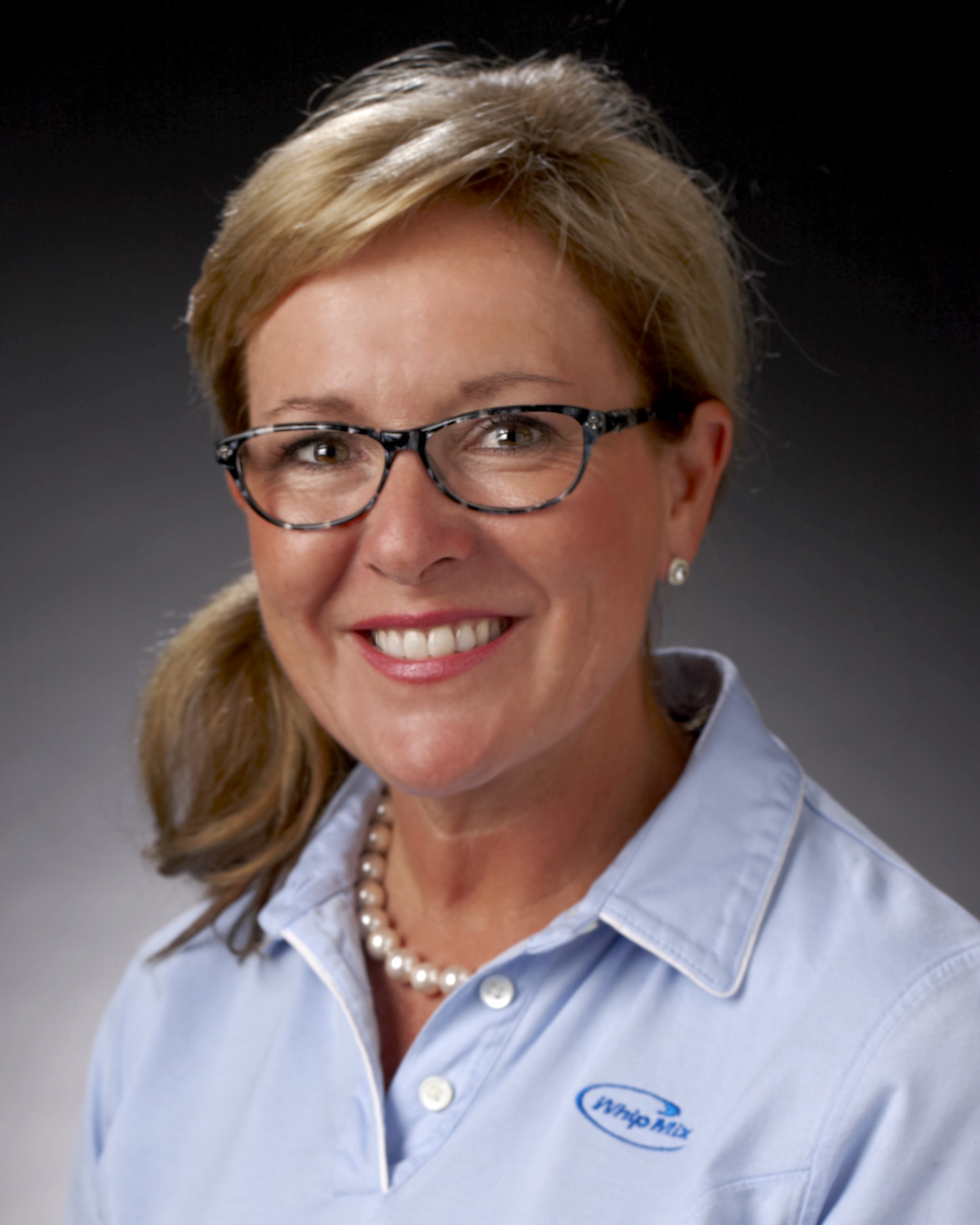Understanding airway and the impact it has on the patient has long been undertaken by the medical community. With sleep disordered breathing (SDB) becoming a growing concern, and with data showing links between bruxism and airway, dentists are now partnering with medical to assist those with airway issues.
As preventive care specialists, dentists have the ability to screen for airway issues and measure for sleep disordered breathing with home monitoring systems. When identifying patients with sleep disordered breathing, they may choose between the following paths:
Path A
Screen with dental pulse oximeters that monitors the oxygen in the blood, and watches for drops in oxygen saturation. This fast, easy, and inexpensive home monitoring system will identify patients that have some type of airway issue. This type of system can also be used to titrate sleep appliances once it has been confirmed the patient has sleep apnea.
Path B
Test with a home monitoring system that measures several channels of data at one time including airway, effort, oxygen desaturation, body position, snoring, and bruxism. By testing with this type of system, the dentist will have access to the data right away, and it will be less expensive for the patient compared to going to a sleep lab. Be sure the system used provides data that is accepted by medical professionals and insurance as medical will need to provide a diagnosis from the data.
Path C
The patient can be referred to a medical facility which will facilitate a sleep lab study to determine the airway issue. Be sure to follow up with these patients to find out the results of the test. It may impact your treatment plan if considering an occlusal guard, or you may be able to support the patient’s treatment with a sleep appliance.
Follow the flowchart below to see the basic steps for each path.
With the use of home monitoring systems by dentists, access to airway data has never been so easy. It will allow the consideration of airway to be a part of every patient’s treatment plan.




.png?width=800&name=Screen-Measure_Infographic%20(2).png)








Leave a comment